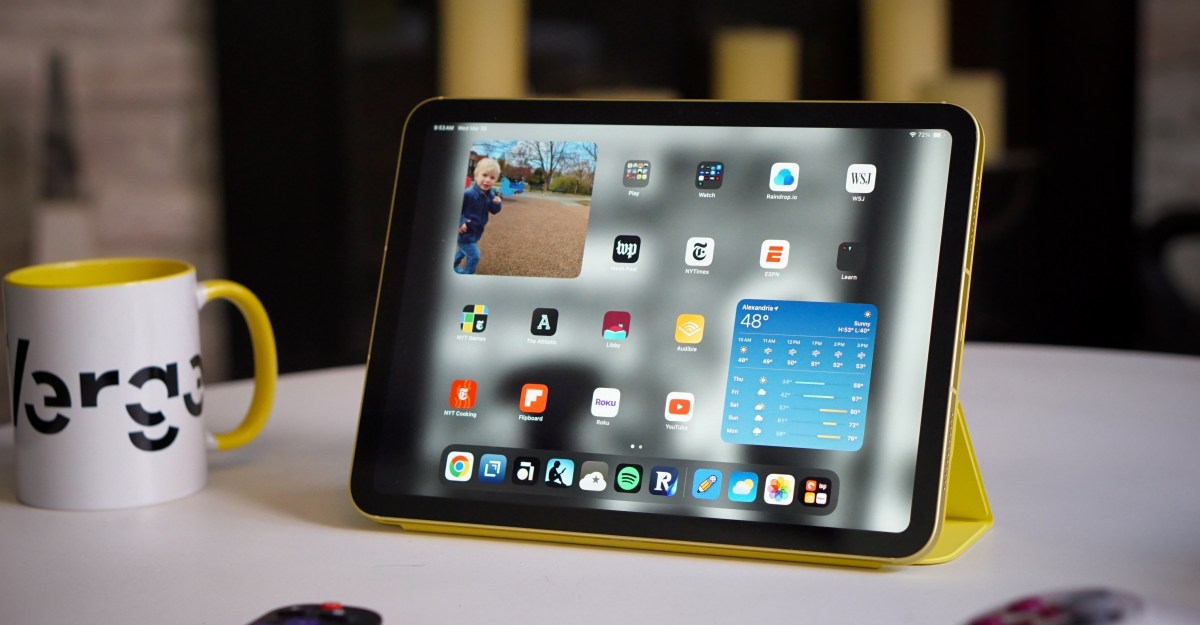Apple's Entry-Level iPad: The Forgotten Tablet Left in Tech Limbo

Apple's entry-level iPad is losing its shine as the budget-friendly tablet option it once was. What was once considered an unbeatable value proposition is now facing increased scrutiny from budget-conscious consumers and tech enthusiasts alike.
The base model iPad, long celebrated for its affordable price point, is starting to show its age. While Apple has maintained a relatively low starting price, the tablet's aging design and limited features are becoming more apparent in today's competitive market. The device's dated bezels, older processor, and restricted accessory compatibility are making consumers think twice about their purchase.
Recent price increases and the minimal upgrades between generations have further diminished the tablet's appeal. What was once a clear recommendation for those seeking an affordable Apple tablet now requires more careful consideration. Competing devices from other manufacturers are offering more compelling features at similar or even lower price points.
For budget-minded users, the calculus is changing. The entry-level iPad no longer represents the slam-dunk value it once did. While still a capable device for basic tasks, it's becoming increasingly difficult to justify the purchase without weighing alternatives carefully.
As the tablet market continues to evolve, Apple may need to rethink its strategy for its most affordable iPad. Consumers are demanding more bang for their buck, and the current offering is struggling to meet those expectations.
